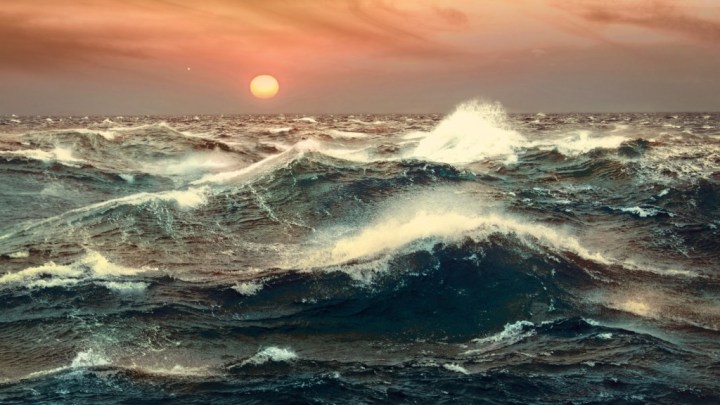Astronomers have discovered an intriguing exoplanet that could be entirely covered in water. The potential ocean world is called TOI-1452 b, located around 100 light-years away in the constellation of Draco.
The planet was discovered by an international team using data from NASA’s Transiting Exoplanet Survey Satellite, or TESS, and is a type of planet called a super-Earth which is somewhat larger and heavier than Earth. It is in its host star’s habitable zone, meaning it is the right distance from the star for liquid water to exist on its surface.

The clues that this could be an ocean world are related to the planet’s radius, mass, and density. Although Earth has 70% of its surface covered by ocean, this water makes up less than 1% of our planet’s mass. But the planet TOI-1452 b has a density that suggests much of its mass, up to 30%, could be made up of lighter components like water.
“TOI-1452 b is one of the best candidates for an ocean planet that we have found to date,” explained lead researcher Charles Cadieux in a statement. “Its radius and mass suggest a much lower density than what one would expect for a planet that is basically made up of metal and rock, like Earth.”

This makes the planet potentially similar to some moons in our solar system like Jupiter’s moons Ganymede and Callisto, or Saturn’s moons Titan and Enceladus, which are thought to host liquid oceans. However, the oceans on these moons are hidden beneath thick crusts of ice because they are so far from the sun.
Researchers are keen to study TOI-1452 b in more depth to see if it really is covered in a deep ocean, or whether there is another explanation for its size and density like being a very large rock with no atmosphere. They are hoping to schedule further observations of the planet using the James Webb Space Telescope.
“Our observations with the Webb Telescope will be essential to better understanding TOI-1452 b,” said another of the researchers, René Doyon, who is also the Principal Investigator of Webb’s NIRISS instrument. “As soon as we can, we will book time on the Webb to observe this strange and wonderful world.”
The research is published in The Astronomical Journal.
Editors' Recommendations
- James Webb observes extremely hot exoplanet with 5,000 mph winds
- First indications of a rare, rainbow ‘glory effect’ on hellish exoplanet
- The expansion rate of the universe still has scientists baffled
- See what James Webb and Hubble are observing right now with this tool
- This famous supernova remnant is hiding a secret



